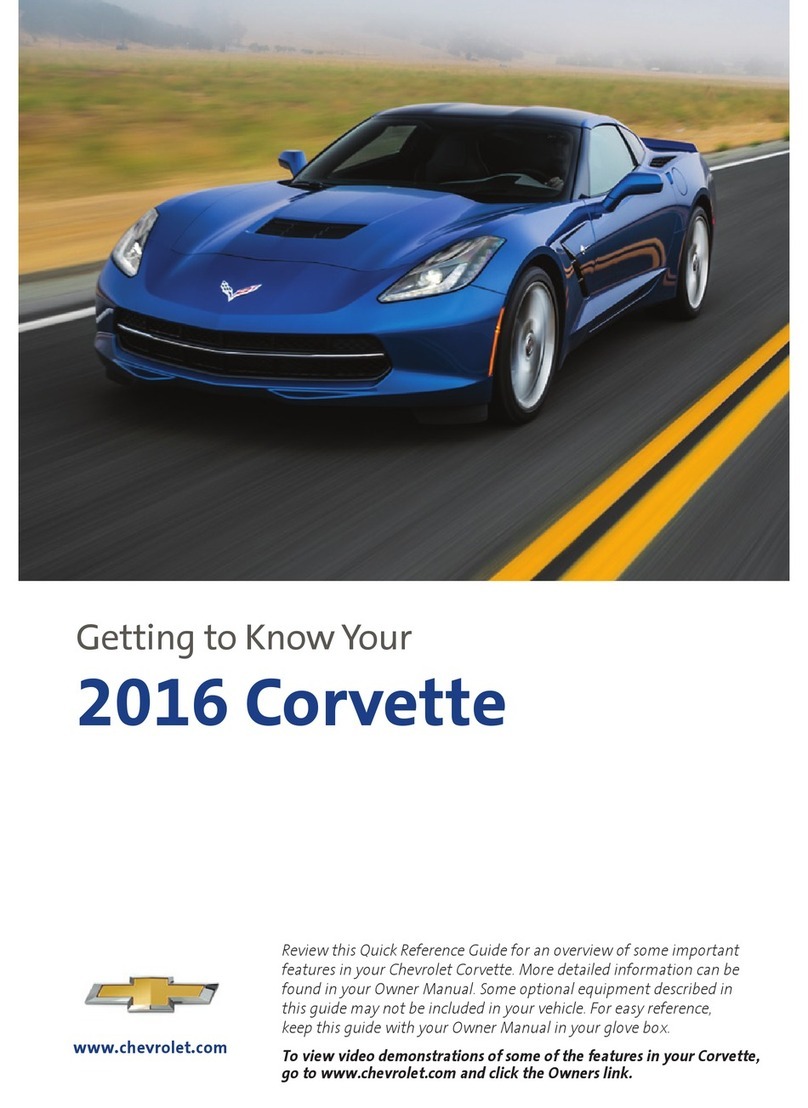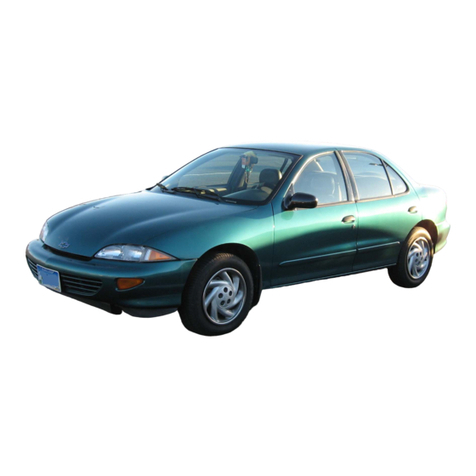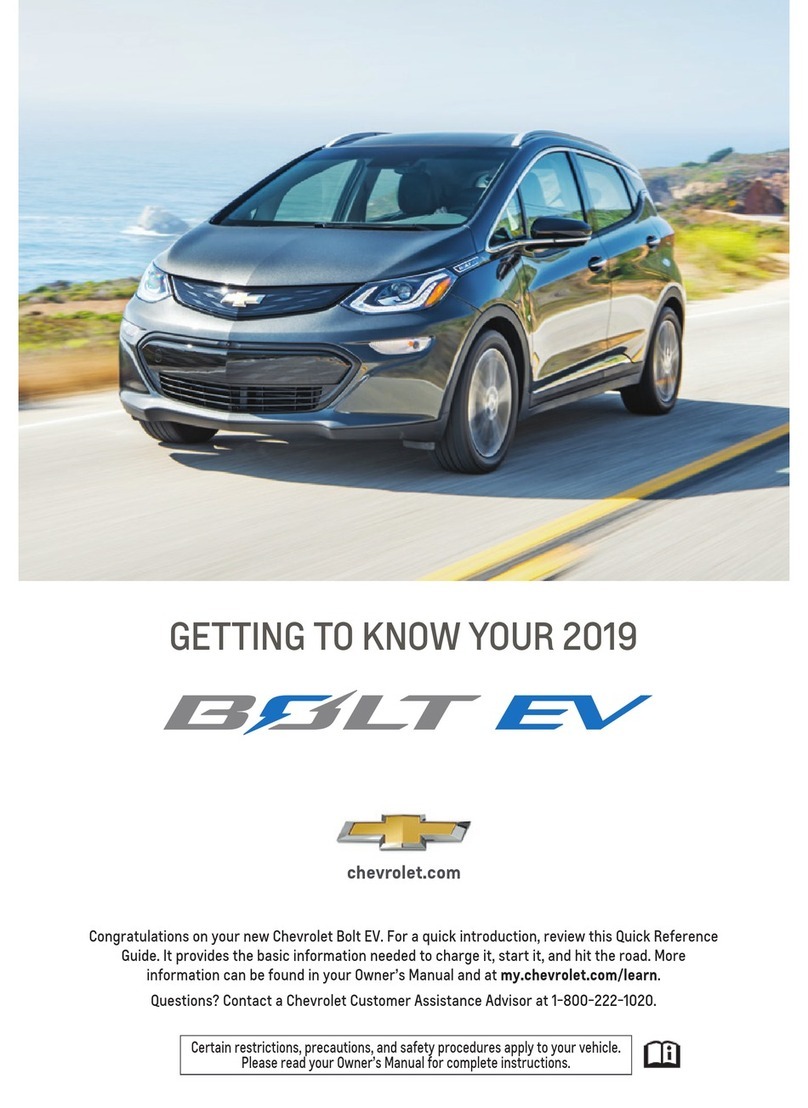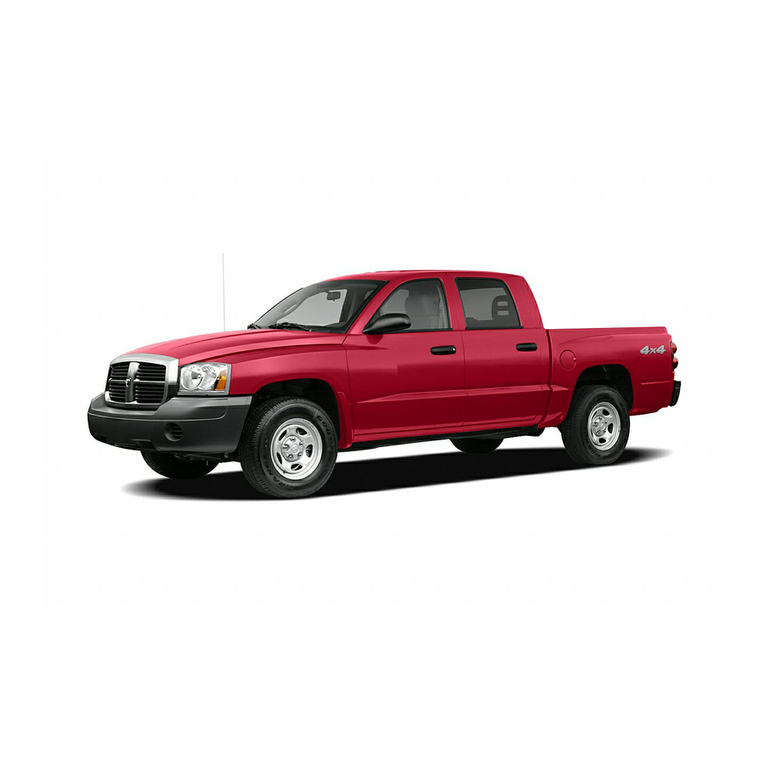Chevrolet 1996 Blazer User manual
Other Chevrolet Automobile manuals
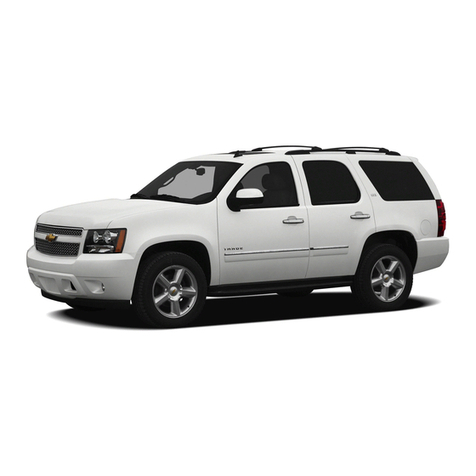
Chevrolet
Chevrolet 2010 Tahoe Police User manual
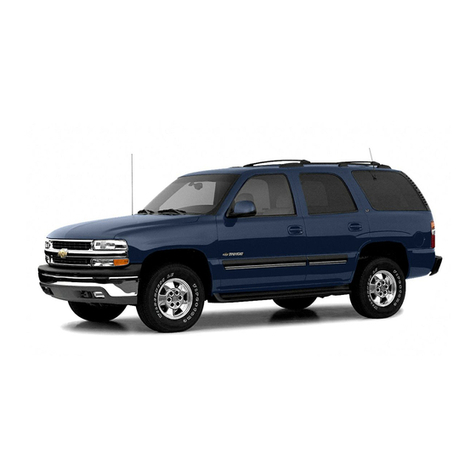
Chevrolet
Chevrolet 2004 Tahoe User manual

Chevrolet
Chevrolet 2008 Aveo User manual

Chevrolet
Chevrolet 1998 Corvette User manual
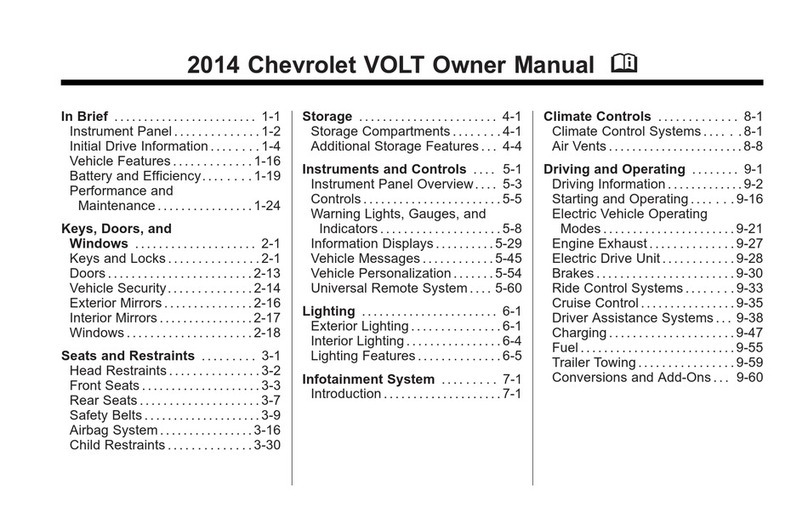
Chevrolet
Chevrolet VOLT 2014 User manual
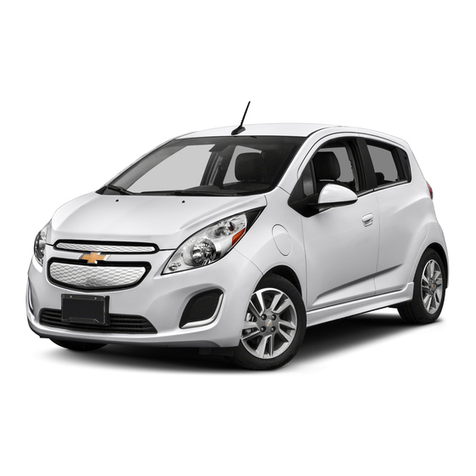
Chevrolet
Chevrolet Spark EV User manual
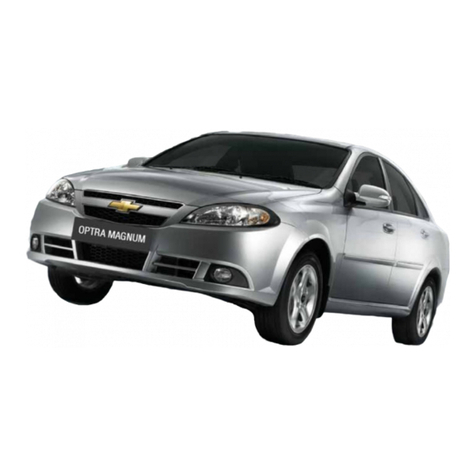
Chevrolet
Chevrolet Optra Magnum User manual

Chevrolet
Chevrolet 1997 Tahoe User manual

Chevrolet
Chevrolet 2000 Lumina User manual

Chevrolet
Chevrolet 1993 Lumina User manual
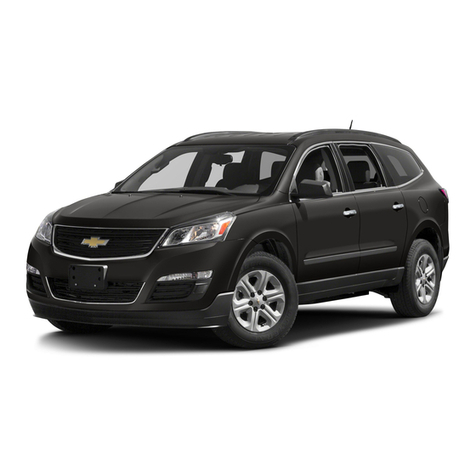
Chevrolet
Chevrolet 2016 Traverse User manual

Chevrolet
Chevrolet 2010 Malibu User manual

Chevrolet
Chevrolet 2013 Cruze User manual
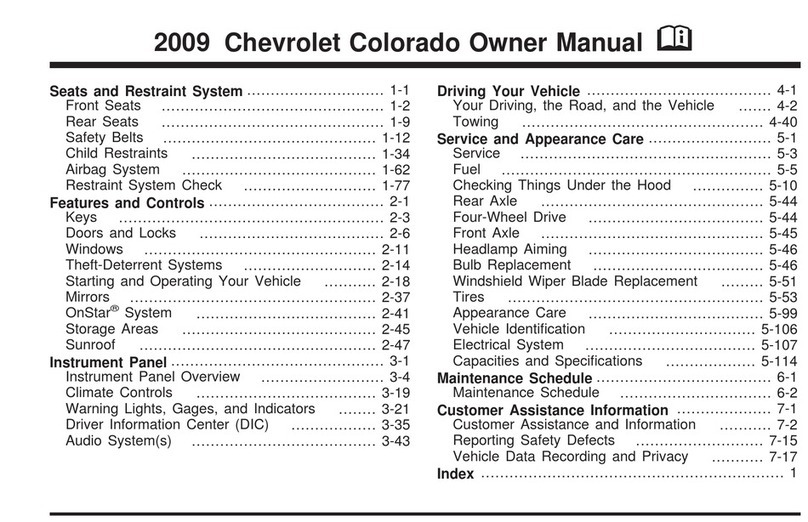
Chevrolet
Chevrolet 2009 Colorado User manual
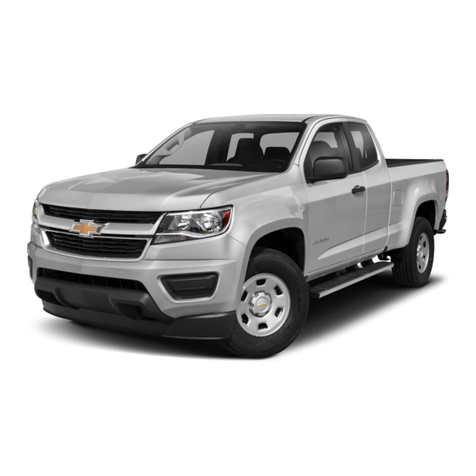
Chevrolet
Chevrolet Colorado 2020 User manual

Chevrolet
Chevrolet 2013 Corvette User manual
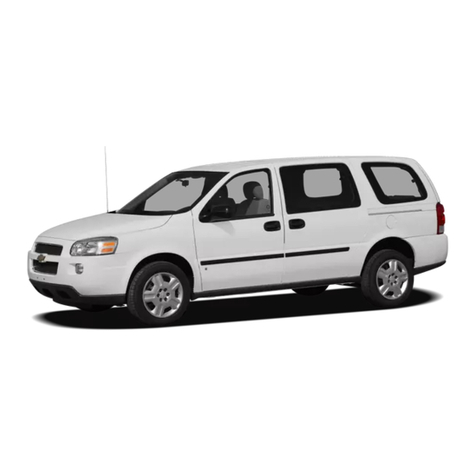
Chevrolet
Chevrolet 2005 Uplander User manual

Chevrolet
Chevrolet Suburban C1500 2004 User manual
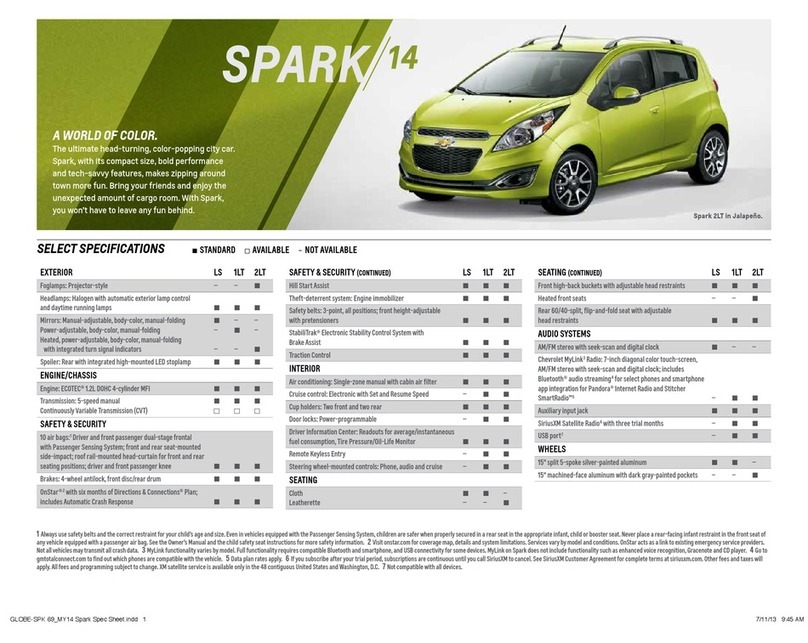
Chevrolet
Chevrolet 2014 SPARK LS User manual
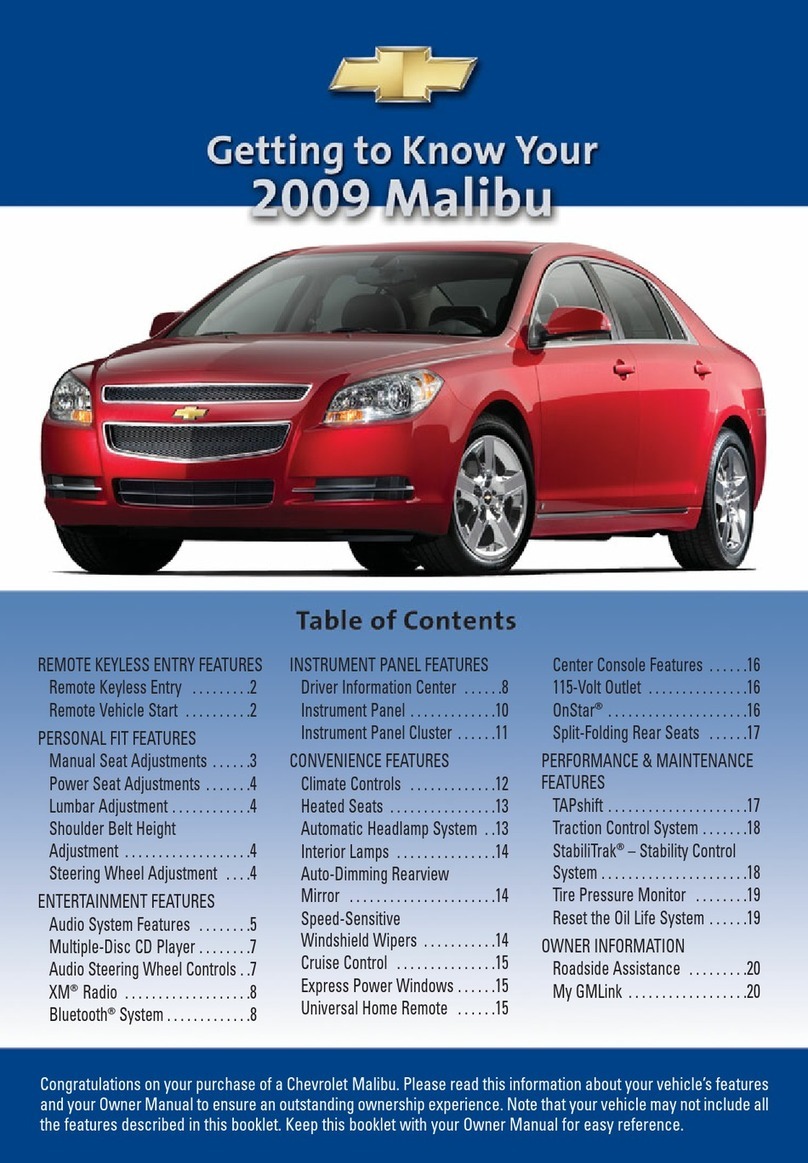
Chevrolet
Chevrolet 2009 Malibu Assembly instructions
